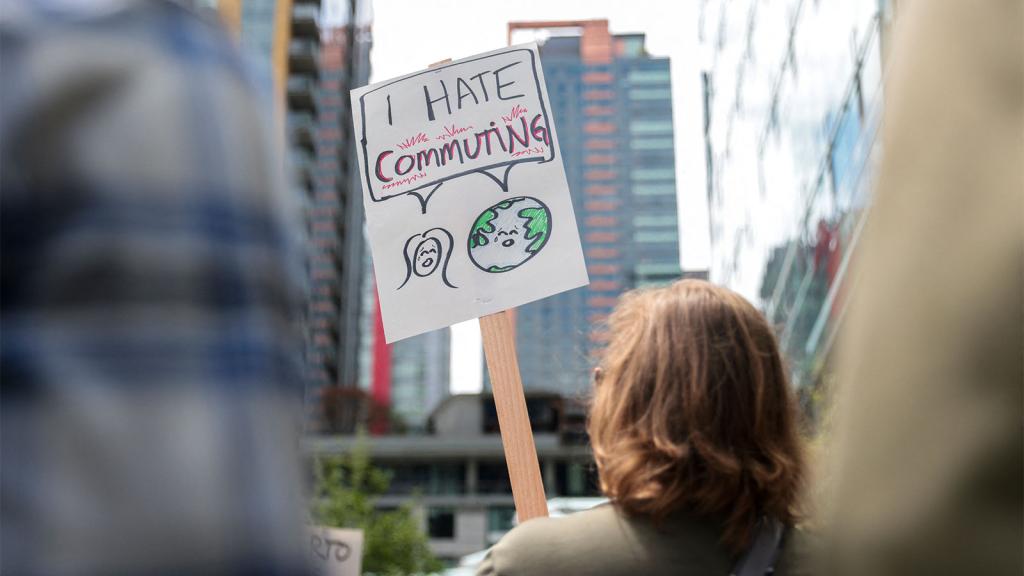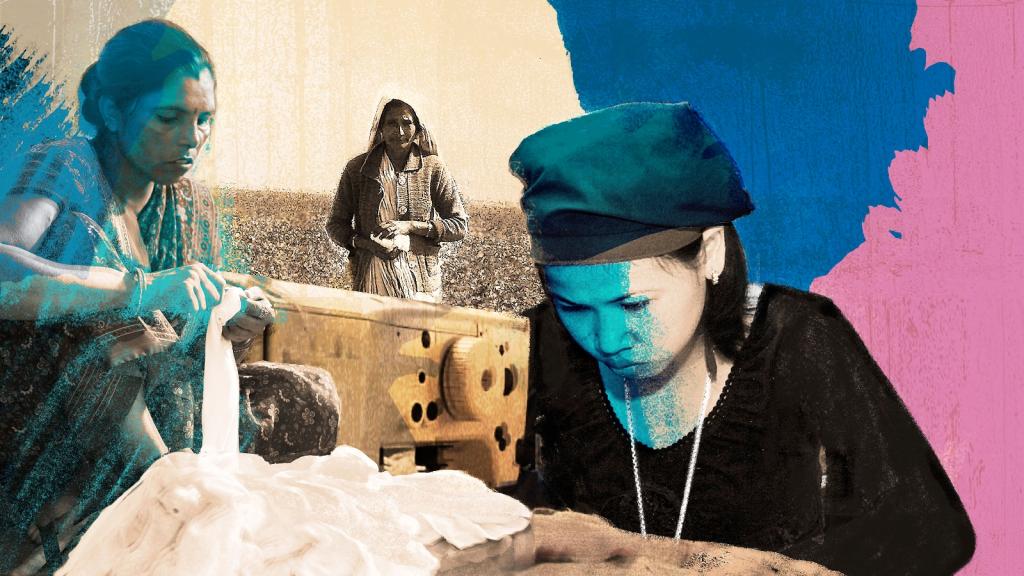As August draws to a close, we face a somber, sobering anniversary. Five years ago, on August 29, 2005, Hurricane Katrina tore through New Orleans and the Gulf Coast. The storm — and the horrifying ineptitude of the relief efforts before, during, and after — left the region devastated. Most of those who died or were abandoned to “sink or swim” were poor people, people of color, or both.
Since that day, the Gulf Region has spent five years showing us where America is falling short. Starting with Katrina — and continuing with Hurricanes Rita, Ike, and Gustav — we have seen that we are simply not prepared to deal with the kind of extreme weather that will only become more common as climate change worsens. We have also seen that we are ill prepared to bounce back from such disasters. Many homes remain uninhabitable; many claims for support, whether from five years ago or five months ago, remain unanswered.
Starting with Katrina, the Gulf has also shown us that assertions that we have arrived in a post-racial era, where the color of her skin no longer factors into the quality of a person’s life or the prospects of her children, are woefully premature. People of color have taken the worst of these disasters, and have gotten the least support in their aftermath. Indeed, a U.S. District Court recently ruled that the funding formula used to provide grants to New Orleans residents whose homes were damaged or destroyed by Hurricanes Katrina and Rita very likely disadvantaged black homeowners.
These storms may have given us a preview of the devastating weather events that climate change will likely bring down the line, but this year the Gulf also taught us, to tragic effect, about the immediate and devastating impacts of our addiction to dirty energy. In April, BP’s oilrig exploded and poured more than 200 million gallons of crude oil into the Gulf of Mexico. The biggest oil spill in history laid the price of oil out bare before us: human death, the contamination of communities, the destruction of wildlife and ecosystems, and the disruption to the economy.
But in five years, the people of the Gulf region have also shown us something else. While their tragedy was teaching us where America is still falling short, their resilience was teaching us how America can begin to measure up to her own lofty dreams and ideals.
The Gulf Coast is showing that a region that has been dominated by the oil industry can turn a new, green leaf.
- Wind turbine manufacturing has recently created 600 new jobs in the region.
- The Mary Queen of Vietnam Community Development Corporation is working with a White House initiative to put solar panels on New Orleans homes, and is developing an ambitious urban farm project that will create new jobs in agriculture for workers displaced form the fishing and oil industries.
- The Deep South Center for Environmental Justice is training workers for green jobs in the region.
- The Alliance Institute is bringing organizations together across the region to work on projects like creating independent health care clinics in underserved areas, or advocating for the Gulf Coast Civic Works Act that would fund jobs and training in the areas hit hardest by these disasters.
- In the Bayou, BISCO is looking both forward and back, pushing for new industries that will create clean energy and green jobs, and industries that will restore the region’s damaged wetlands.
BISCO’s approach reflects one of the main lessons of the last five years: we must repair what damage we can, but we can never fully restore what we’ve lost. Instead, we must combine restoration with innovation. The examples I mention above are just the tip of the iceberg of what local groups are doing to build a clean, green, safe future for the Gulf region. And that collective activity itself barely scratches the surface of what we need to be doing. From wind farms to biofuels to energy efficiency to urban farming, many of the most promising solutions remain on the horizon.
For five years, Gulf residents have been suffering through the worst features of the crises in our economy and our environment. They have also been shining a light towards a future beyond these crises. As we mark the fifth anniversary of Hurricane Katrina, it is this resilience and vision that give me confidence. And the fact that the head of the Environmental Protection Agency, Lisa Jackson, is a black woman from New Orleans gives me hope that the region’s restoration and recovery will finally get the attention it needs and deserves. As a country, we must invest in the people of the Gulf, we must support the work they are already doing, and we must give them the tools and resources to do more.
The Gulf is showing us the way forward. It is up to us to walk the path.
Phaedra Ellis-Lamkins is the Chief Executive Officer of Green For All and one of America’s preeminent leaders on green jobs and green pathways out of poverty. Under her leadership, Green For All has become one of the country’s leading advocates for the clean-energy economy, and one of its most important voices on the intersection of economics and environment.
This week, Green For All is marking the fifth anniversary of Hurricane Katrina by publishing a series of blog entries from local Gulf Coast organizations working to create a green, clean, and safe future for the region. You can find these posts on the Green For All website.
Other Posts on www.greenforall.org
- BISCO: Building Capacity, Voice, and Power in Southeastern Louisiana
- Deep South Center for Environmental Justice at Dillard University
- Mary Queen of Viet Nam: Building a Green Future in the Gulf, from the Ground Up
- The Alliance Institute: The Quest for Fairness and Equality Continues in the Gulf Region


